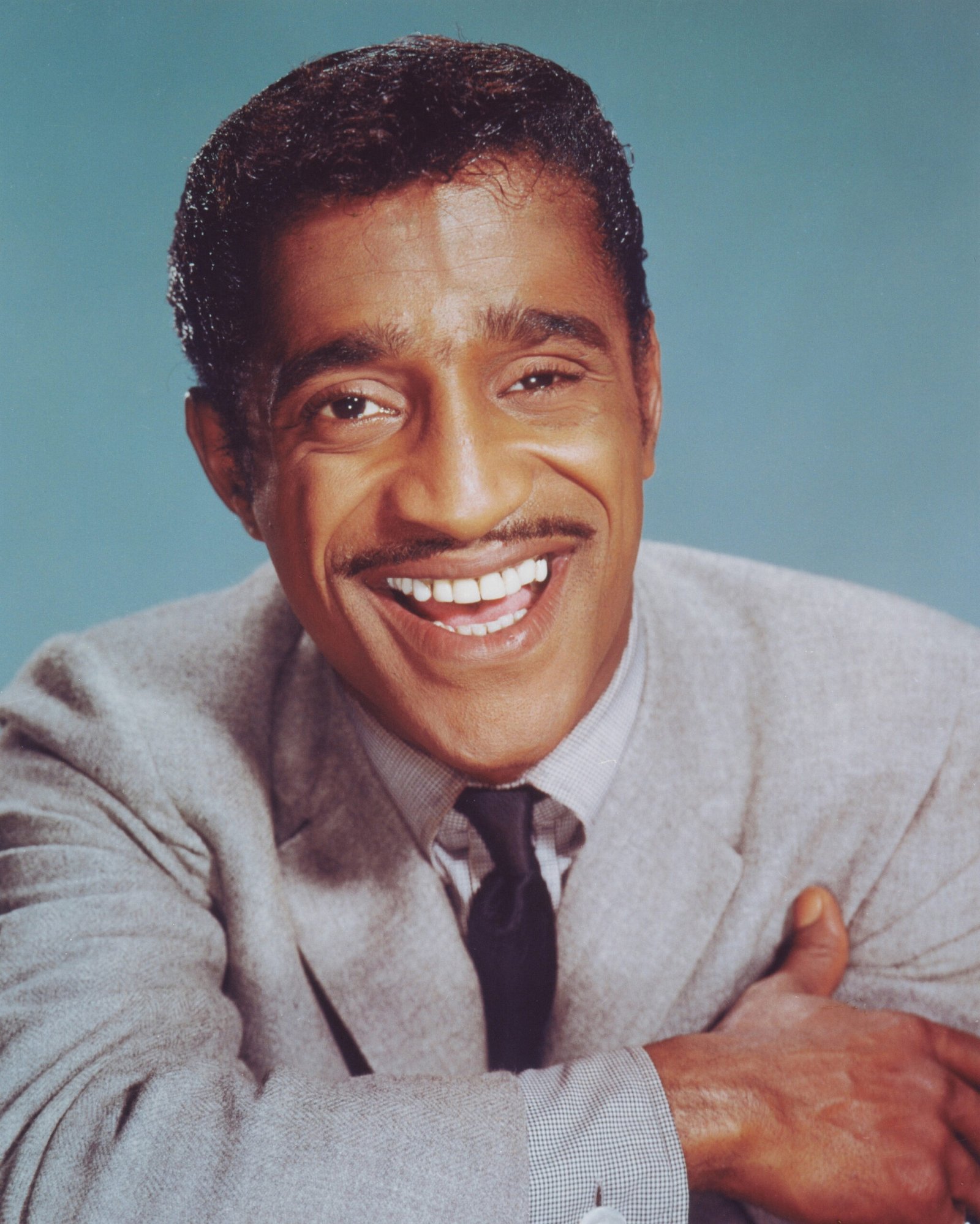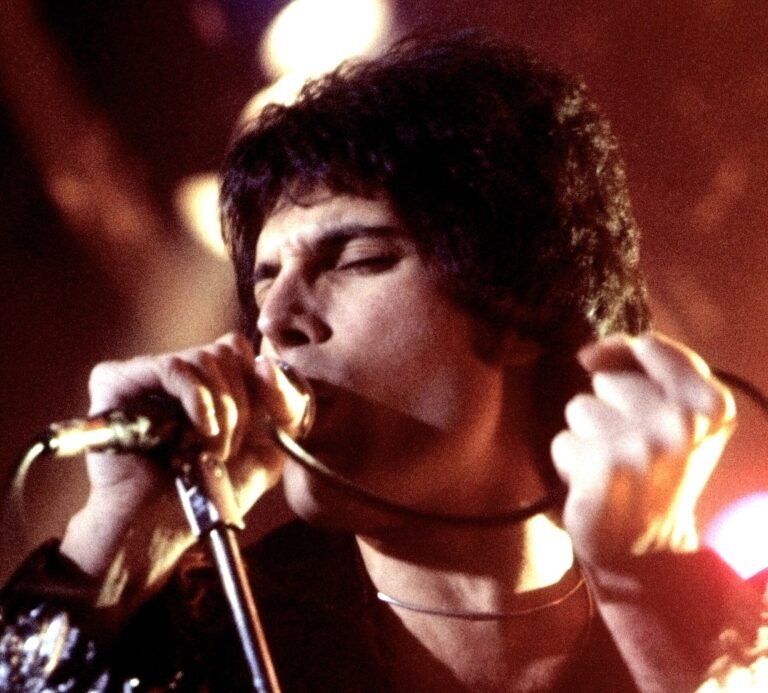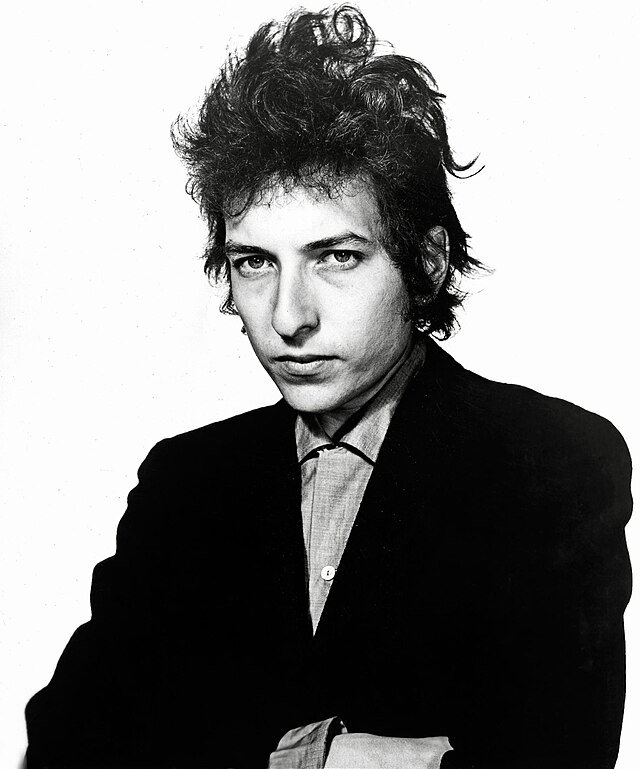
During the 1940s and 1950s, Sammy Davis Jr. became one of the most recognisable entertainers in the United States, yet he remained subject to strict racial segregation on the Las Vegas Strip. Historical documentation shows that while Davis was permitted to perform on stage at major venues, he was often refused basic access to the hotels and casinos where he worked. Studies of Las Vegas entertainment history confirm that Black performers could headline shows but were still required to enter through service doors, eat in segregated areas and stay in boarding houses rather than the hotels where their shows were held. This is outlined in archival material from PBS.
According to historical research, Las Vegas began allowing Black entertainers on stage during the post-war entertainment boom, but hotel policies continued to block Black guests and artists from using the facilities. Reports compiled by historians at the University of Nevada, Las Vegas state that performers such as Sammy Davis Jr., Nat King Cole and Lena Horne were headliners, yet were prevented from staying in hotel rooms, eating in main dining rooms or walking through casino floors. These practices appear in analyses published by UNLV.
Davis began performing on the Strip in the early 1950s as part of the Will Mastin Trio, and later as a solo act. Despite his rising reputation, resort policies limited his access. He was expected to leave the premises immediately after performing and was transported to off-site accommodation. Biographical notes confirm he was not permitted to use dressing rooms reserved for white performers and was required to wait in segregated areas before going on stage. These conditions are referenced in the documented accounts on SammyDavisJr.info.
Evidence also shows that Davis’s situation began to shift during the mid-1950s, driven partly by pressure from white entertainers who refused to accept segregated treatment of their colleagues. Members of the Rat Pack, including Frank Sinatra and Dean Martin, supported Davis during negotiations with venue owners. In 1954 Davis secured a contract at the Frontier Hotel that granted him the same accommodation rights as white performers. The agreement is documented in civil rights summaries on SammyDavisJr.info, which describe the contract as one of the earliest breakthroughs for equal treatment of Black artists on the Strip.
By the early 1960s, Davis was appearing regularly in Las Vegas with the Rat Pack during the filming and promotion of Ocean’s 11. While segregation rules were still being challenged at the time, Davis’s involvement in these productions marked a turning point in the campaign for equal access in entertainment venues. Reports in PBS outline how pressure from entertainers, combined with economic concerns, contributed to the gradual removal of segregation policies across major casino properties.
Historical accounts show that Davis’s treatment in Las Vegas became emblematic of racial inequality in American entertainment during the era. His contracts, stage access and accommodations are frequently cited in academic studies examining the integration of the Las Vegas Strip and the wider civil rights movement within performance industries.
Following the end of restrictive policies in Las Vegas, Davis continued to expand his career into film, television and Broadway. His work included starring roles in productions such as “Golden Boy,” a long list of headline concert tours and international television appearances. Career summaries and production credits appear in biographical outlines published through Encyclopaedia Britannica. Davis remained active in recording and live performance for several decades and is widely recognised for his contributions to entertainment and civil rights progress within the industry.
More From Behind The Melody:
- Visit The Vault for more music history
- Explore our On This Day archive
- Return to the Home Page




